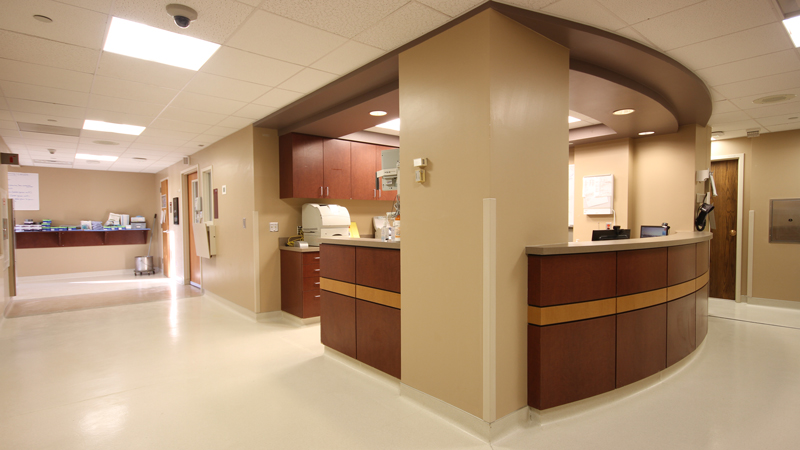Recent Articles
Nic Johnsen leads Fire Protection Engineering
Johnsen’s holistic approach adds value through performance-based design, informed by contracting and risk-management experience.
Steven Andersen promoted to National Laboratory Specialist
The new position establishes a national resource for all LEO A DALY studios and markets to offer best-in-class laboratory design
Ed Benes, PE, named President and Deputy CEO
Benes will work closely with Leo A. Daly III, the firm’s third-generation owner and CEO, to shape the future of LEO A DALY
Minnesota Army National Guard Division Headquarters wins SAME Grand Design Award
Recognized as one of the best works of federal architecture built this decade, the LEO A DALY-designed facility reimagines the National Guard readiness center for a new era of warfighting, peacekeeping and emergency response missions
LEO A DALY transforms Capitol Hill office building into mixed-use development
The $200 million project will add three stories, a new skin and a vibrant mix of uses to a former government building
Meet the Nebraska team fighting COVID-19
Esquire has an exclusive inside look at the Nebraska Biocontainment Unit and the courageous UNMC team fighting COVID-19. LEO A DALY designed the 10-bed unit.

The following is excerpted from the Esquire article by Tom Chiarella.
Inside the National Quarantine Center, There Is No Fear of Coronavirus. There Is Only Urgency.
Esquire was granted exclusive access to the nation’s only federal quarantine and biocontainment center in Nebraska. We met the people who work there, and they are as extraordinary—and as courageous—as you think they are.
The National Quarantine Center, this nation’s only federal quarantine facility, sits on a single floor of a new building on the campus of the University of Nebraska Medical Center west of downtown Omaha. It holds 20 beds, 15 of which are occupied by patients exposed to the novel coronavirus, or SARS-CoV2, including several passengers from cruise ship Diamond Princess.
A couple of blocks away sits the UNMC biocontainment unit, the largest of its kind in this country, which takes up part of an upper floor in a large inpatient-care facility. Ten beds, with a 35-bed surge capacity. Two pressurized entrances providing constant negative air pressure via a HEPA airflow system, and decontamination autoclaves for waste disposal. Currently four of the beds are occupied by contagious COVID-19 patients. (“COVID” means coronavirus disease.)
From the hallway outside, the staff entrance is just a plain wooden door, with a coded keypad on the wall. There’s a plaque at the other end but not much else to signify the location as particularly important. This is a health-care facility, peopled by a calm—and, yes, exhausted—staff, otherwise busy with the industry of care.
And as the new coronavirus continued its attack on the globe, the sole diversion from normalcy in the area is the presence of two federal marshals sitting in at a folding table. On the day I visited, one of the marshals was eating a graham cracker. On the table: Aquafina water bottles, two government-issue laptops, Clorox disinfectant spray, and hospital-grade sanitizing wipes. The marshals wore short-sleeved button-down shirts, khakis—they could’ve been on their way to hit some balls at the driving range. On the wall behind them, next to an alcove, a sign said “Soda Machine.”
This is normalcy. And this is the new code red.
Beyond that, behind the unmarked door, in the patient isolation rooms, the air is completely turned over—old air sucked out, new air piped in—at least 15 times per hour. There is a handwashing station, of course. Before entering the unit, every staff member must don a full PPE suit (personal protection equipment)—gowns, masks, safety glasses, hood, apron, respirators, redundant eye protection, redundant gloves. They dress for entry in pairs, working with a donning partner, who checks the donning process in a prescribed step-by step manner.
Upon leaving the unit, the doffing process, in which the armor of the PPE is stripped away, is even more complicated and time-consuming, because all contact with exposed surfaces must be avoided. This too is done with a partner.
I was granted access to see them at work at the height (so far) of the pandemic and I interviewed several staff members who make the place work, putting their lives at risk every day.
For one of them at least, the days do not end.
Read more:
